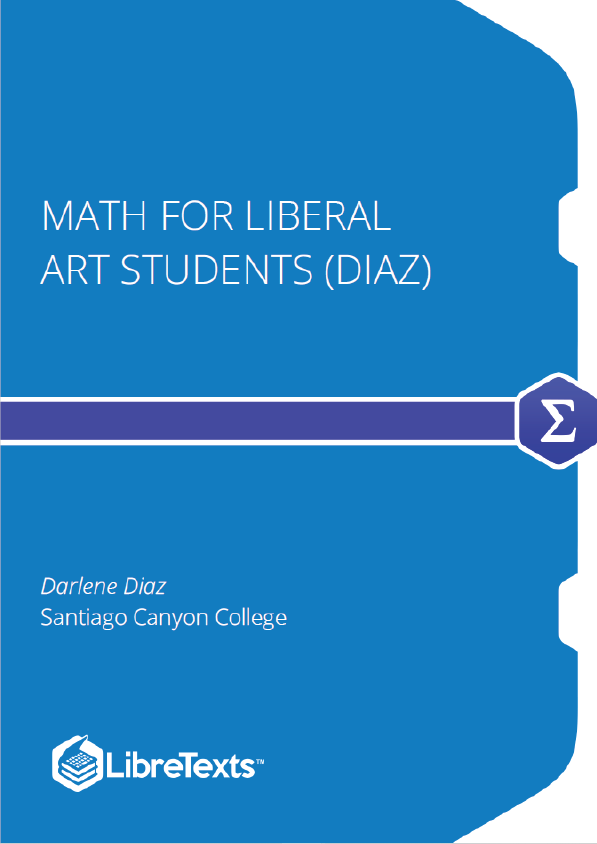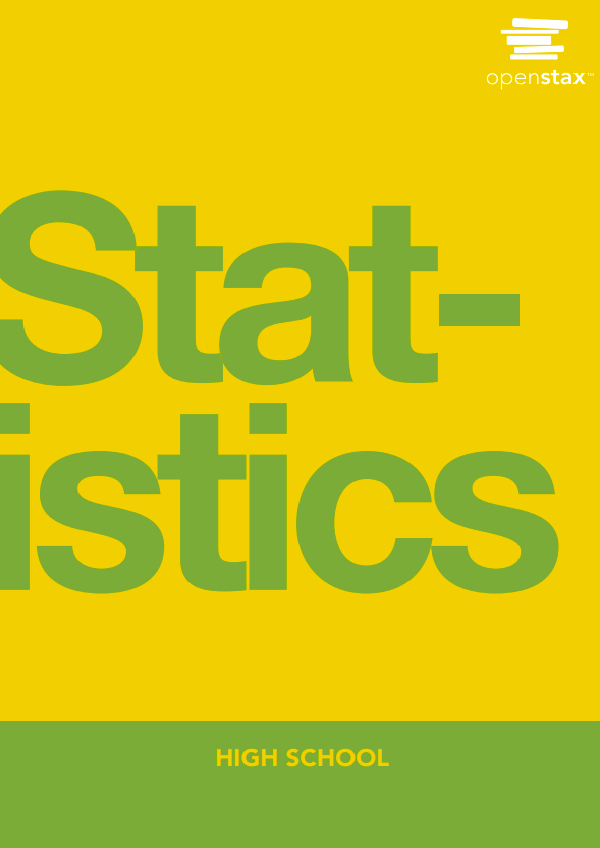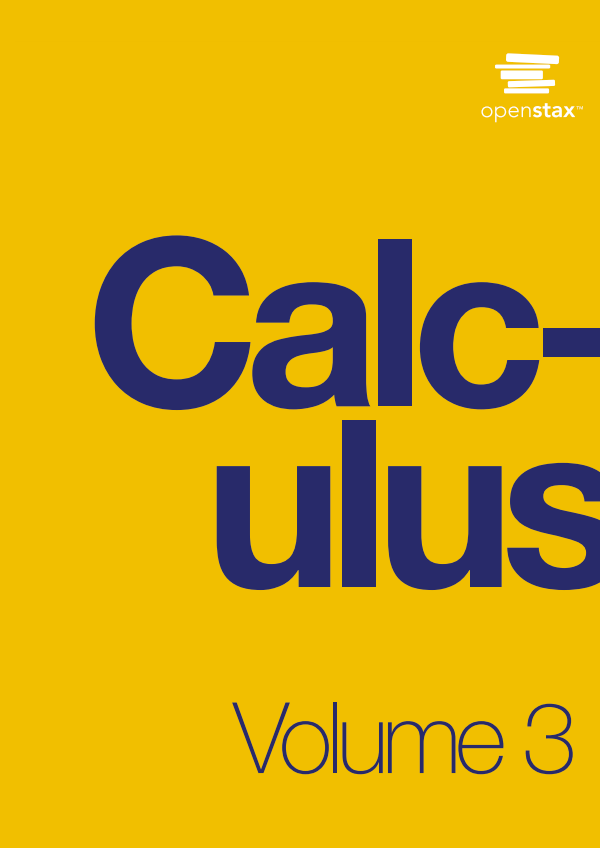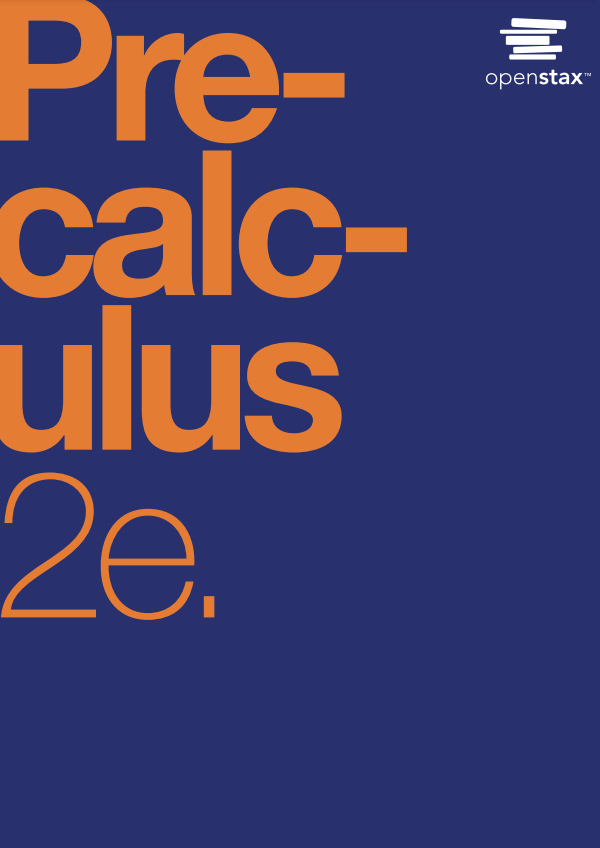This textbook was originally adapted from David Lippman’s Math in Society in addition to The Monterey Institute for Technology and Education’s content for Geometry and Measurement, Larry Ottman and Ellen Lawsky’s content for Normal Distribution, and my own written content to fit the course outline of record. This is the textbook’s second edition, where Chapter 5: Measurement and Geometry in version ⌊0.99⌋ is now two chapters, Chapter 5: Measurement and Chapter 6: Geometry. Exercises were added at the end of Chapter 5 and Chapter 6. Content was added in Chapter 11 for better use of the z-score table (also added at the end of section 11.2) in addition to more exercises at the end of the chapter.
Problem Solving
In previous math courses, you’ve no doubt run into the infamous “word problems.” Unfortunately, these problems rarely resemble the type of problems we actually encounter in everyday life. In math books, you usually are told exactly which formula or procedure to use and are given exactly the information you need to answer the question. In real life, problem-solving requires identifying an appropriate formula or procedure, and determining what information you need (and won’t need) to answer the question. In this chapter, we will review several basic but powerful algebraic ideas: percents, rates, and proportions. We will then focus on the problem-solving process, and explore applying these ideas to solve problems where we don’t have perfect information.
Percents
In the 2004 vice-presidential debates, Edwards claimed that US forces have suffered “90% of the coalition casualties” in Iraq. Cheney disputed this, saying that in fact Iraqi security forces and coalition allies “have taken almost 50 percent” of the casualties (1). Who is correct? How can we make sense of these numbers?
The base of a percent is very important. For example, while Nixon was president, it was argued that marijuana was a “gateway” drug, claiming that 80% of marijuana smokers went on to use harder drugs like cocaine. The problem is, this isn’t true. The true claim is that 80% of harder drug users first smoked marijuana. The difference is one of base: 80% of marijuana smokers using hard drugs, vs. 80% of hard drug users having smoked marijuana. These numbers are not equivalent. As it turns out, only one in 2,400 marijuana users actually go on to use harder drugs.
Proportions and Rates
If you wanted to power the city of Seattle using wind power, how many windmills would you need to install? Questions like these can be answered using rates and proportions.











